Most dogs love spending time in nature, so camping can be a cost-effective way to enjoy quality time with your pet. Camping is also great for deepening your bond and gaining separation from modern life.
There are many potential dangers to dogs when camping though. While these shouldn’t put you off going, it’s important to be aware of safety concerns before your camping trip.
1. Be Honest About Whether Your Dog is Suitable for Camping
While camping can be a lot of fun for dogs, it’s not suitable for all canine companions. It’s important to be realistic about your dog’s health, temperament, and training.
Here are a few examples of why a dog might not be suitable for camping:
- Medical Conditions. Dogs with joint pain or other medical conditions probably won’t enjoy camping, due to the increased amount of exercise and lack of home comforts. Camping in remote locations also means you’ll be far from a vet if needed.
- Age. Young puppies and elderly dogs struggle more with both cold and warm temperatures. Puppies also should have limited exercise while their bones are developing, which can be harder to enforce when camping.
- Behavioral Issues. If your dog is reactive or gets anxious in new environments, then he might prefer to stay with a dog sitter. Dogs who are vocal may also not be popular with other campers!
You should also check the weather before going camping. If the conditions are likely to be extremely hot or cold, it’s best not to take your dog.
2. Be Prepared for Emergencies
Nature is rarely predictable, which is why preparation is key for a safe and enjoyable camping trip. Your dog will be potentially exposed to new diseases or parasites, and is at much higher risk of getting lost.
For this reason, make sure your dog is up-to-date with all his vaccinations and medications. This includes those to prevent common parasites such as heartworm, fleas, and ticks. You should also check your pet’s ID tag has your current contact details (including a cell phone number) and that your dog has a microchip.
It’s also a good idea to bring a simple first aid kit. This should include items like an emergency blanket, bandages, blunt-ended scissors, gauze pads, cotton swabs, ice packs, tweezers, and adhesive tape. You should also bring a copy of your pet’s vaccination record and veterinary history.
Note: Never leave your dog unattended when camping. This might mean missing out on certain activities, but supervision essential for your pet’s safety.
3. Closely Monitor Your Dog’s Temperature
Hot days and cold nights can be dangerous for dogs, which is why it’s important to always supervise your pet.
During warm weather, make sure your pet has access to a shaded area and plenty of fresh drinking water. A cooling mat can also help your dog maintain a more comfortable body temperature. Look out for signs of dehydration or heat stroke, such as excessive panting, drooling, red gums and loss of coordination.
It’s best to avoid letting your dog drink from streams or rivers, as these are often contaminated with harmful bacteria. Standing water is particularly dangerous. Instead, bring lots of fresh water, and always carry plenty of fluids when hiking (along with a collapsible bowl.)
In cool weather or at night, provide your dog with warm blankets. You could also bring a self-heating bed, so less of your dog’s body heat is lost to the surrounding environment.
4. Protect Your Dog’s Feet With Boots
Dog “booties” might seem unnecessary, but it’s important to protect your dog’s feet – especially if you’re planning longer hikes than normal.
Boots are particularly useful when walking on rocky or icy terrain. They can also protect against hot or cold ground, provide more grip, and stop objects from getting stuck in your dog’s paw pads.
Make sure your dog is used to wearing boots before you go camping though. Most dogs don’t like boots when they first start wearing them, so you’ll need to use a gradual process of positive reinforcement.
On a side note, you should always keep your dog on leash when walking in the wilderness – particularly in unfamiliar areas. Chasing wildlife or investigating new smells could quickly take your dog out of hearing range.
5. Remember Camping Etiquette
Taking your dog camping can be a lot of fun, but it’s important to avoid negatively impacting other campers.
Along with picking up your dog’s waste, the easiest way to do this is by ensuring that your dog is leashed so he can’t wander into other camps. A long line is great for this, as it gives your dog freedom without letting him roam too far.
You could also buy a portable fence, such as those on this list, to keep your dog in a safe area. Never leave your dog unattended though – dangerous wildlife or weather conditions can appear at any time.
It’s also important to provide plenty of enrichment when you’re at the camp site. This reduces the chance of barking due to boredom.
Summary
Camping with your dog can be a wonderful experience, but it’s important to keep your pet safe. By being prepared for emergencies, monitoring your dog’s temperature, and protecting him on walks, you can minimise the risks.
Most importantly, remember to enjoy yourself! Nothing beats getting away from modern life and reconnecting with nature – and the experience is even more rewarding with your dog.
Photos and words by Richard Cross; Editor of TheDogClinic.com


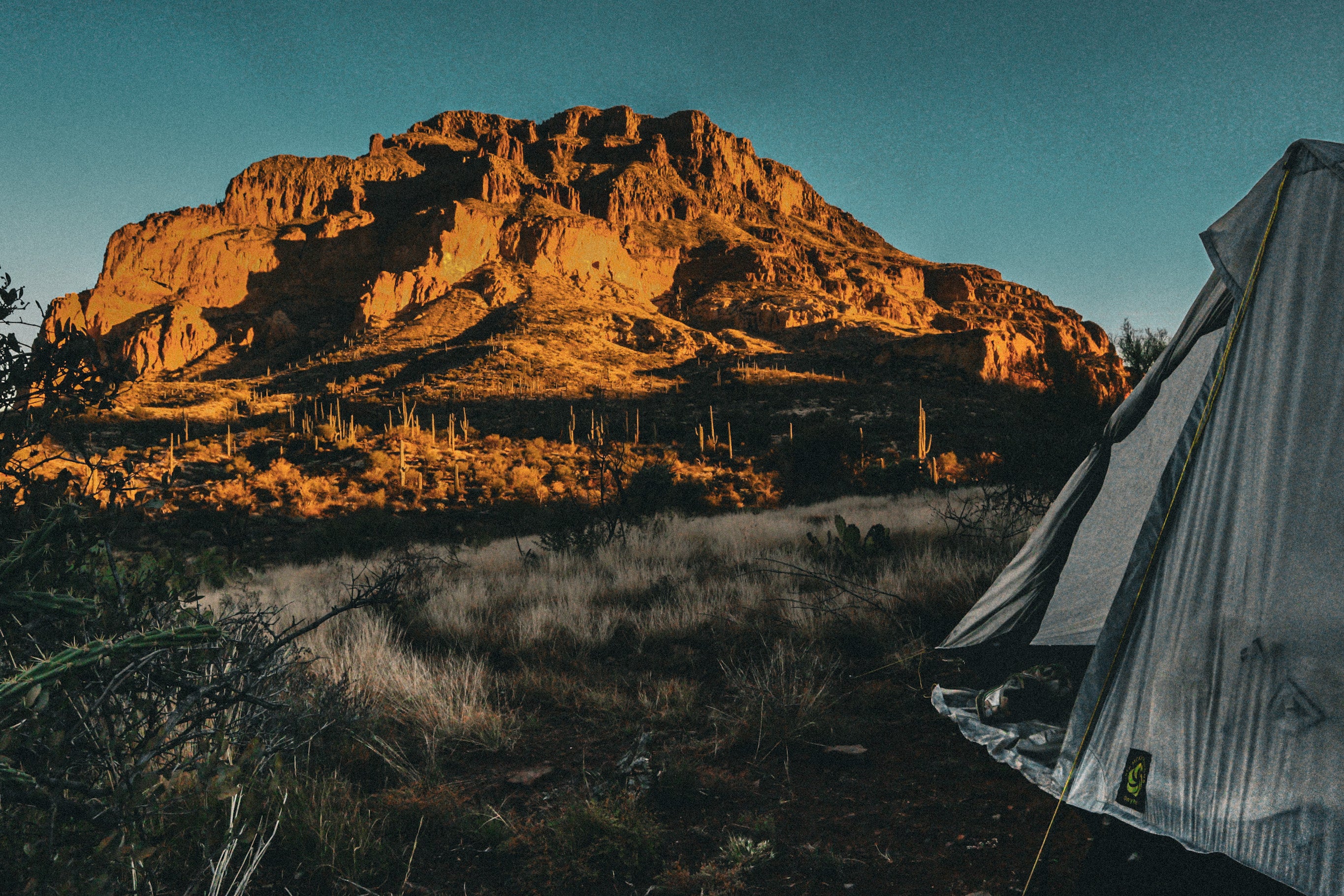
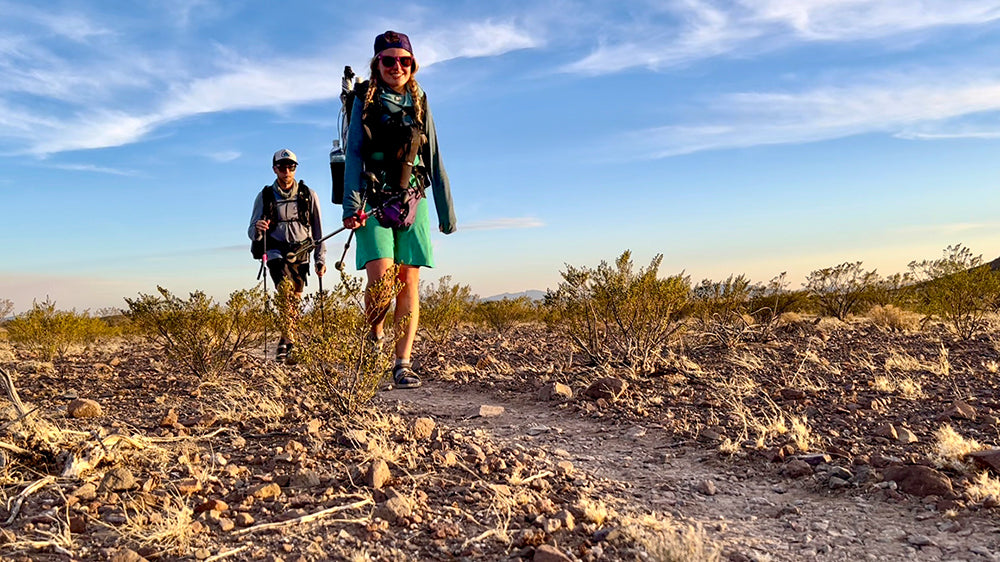
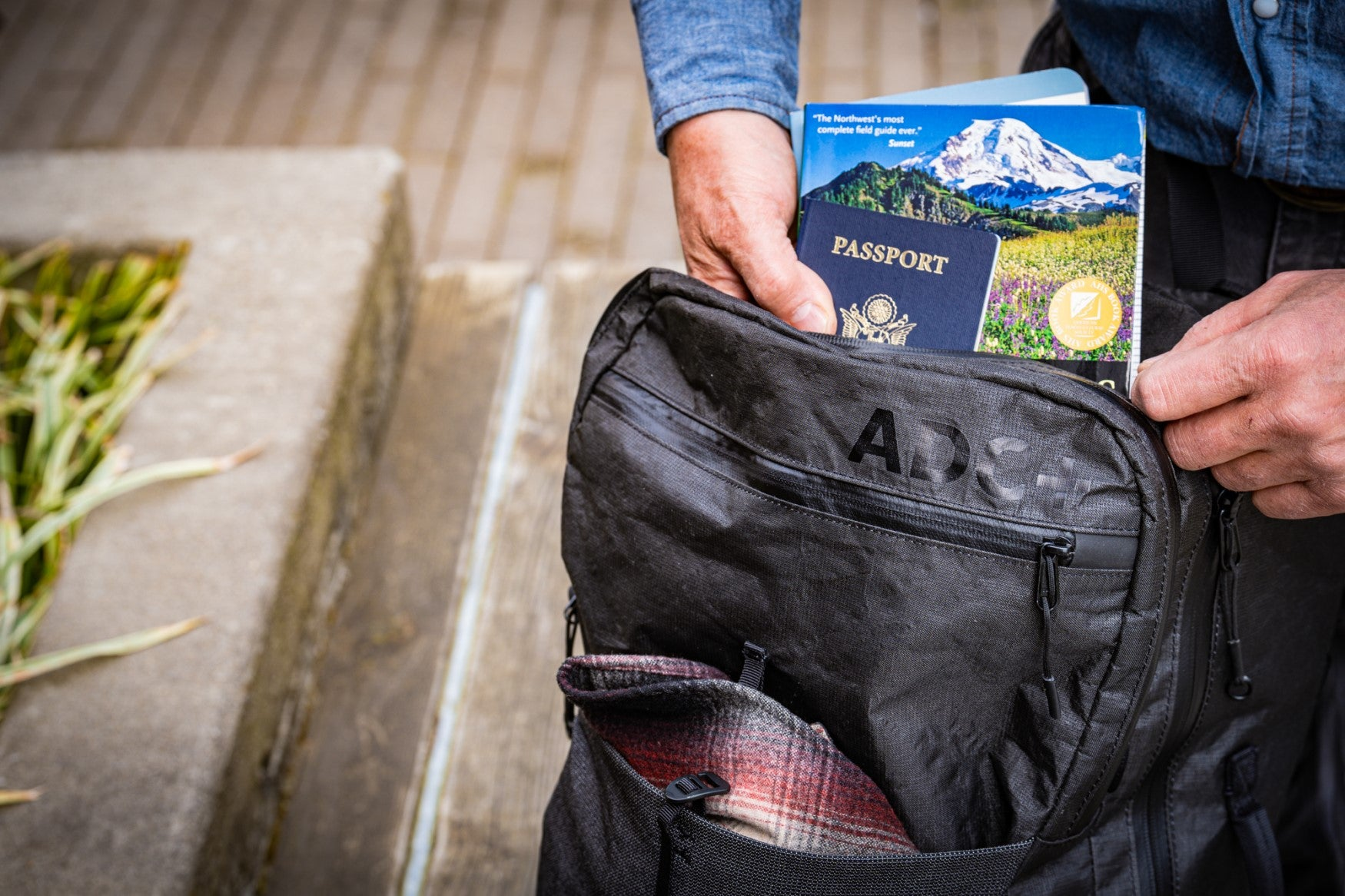
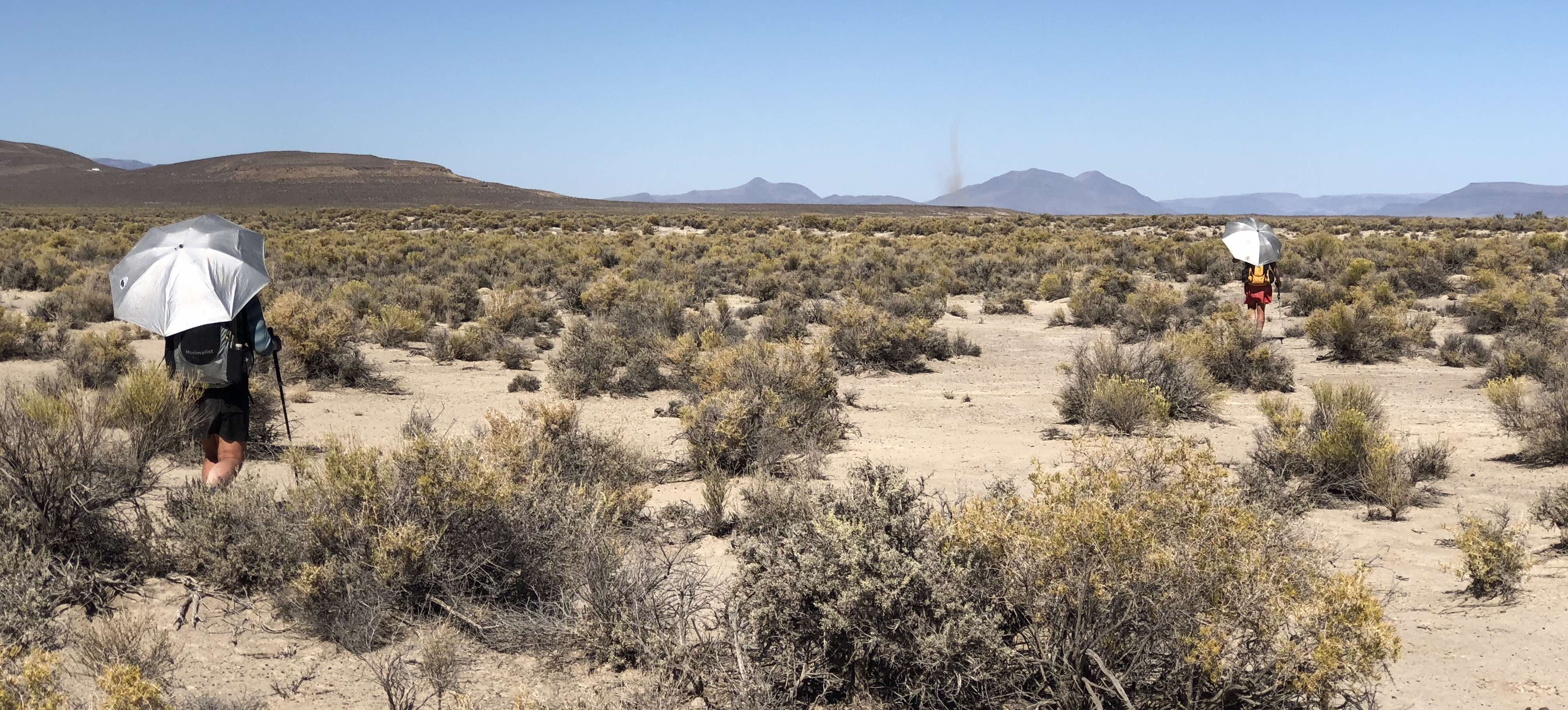
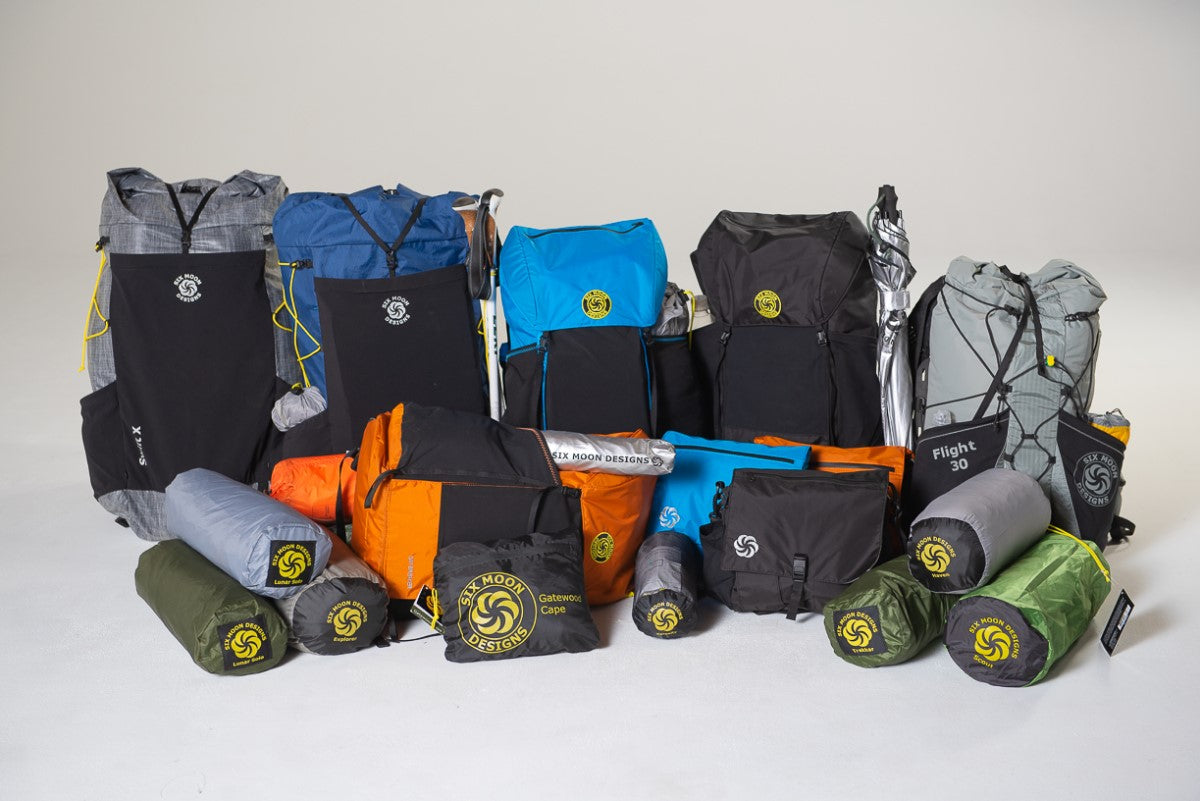
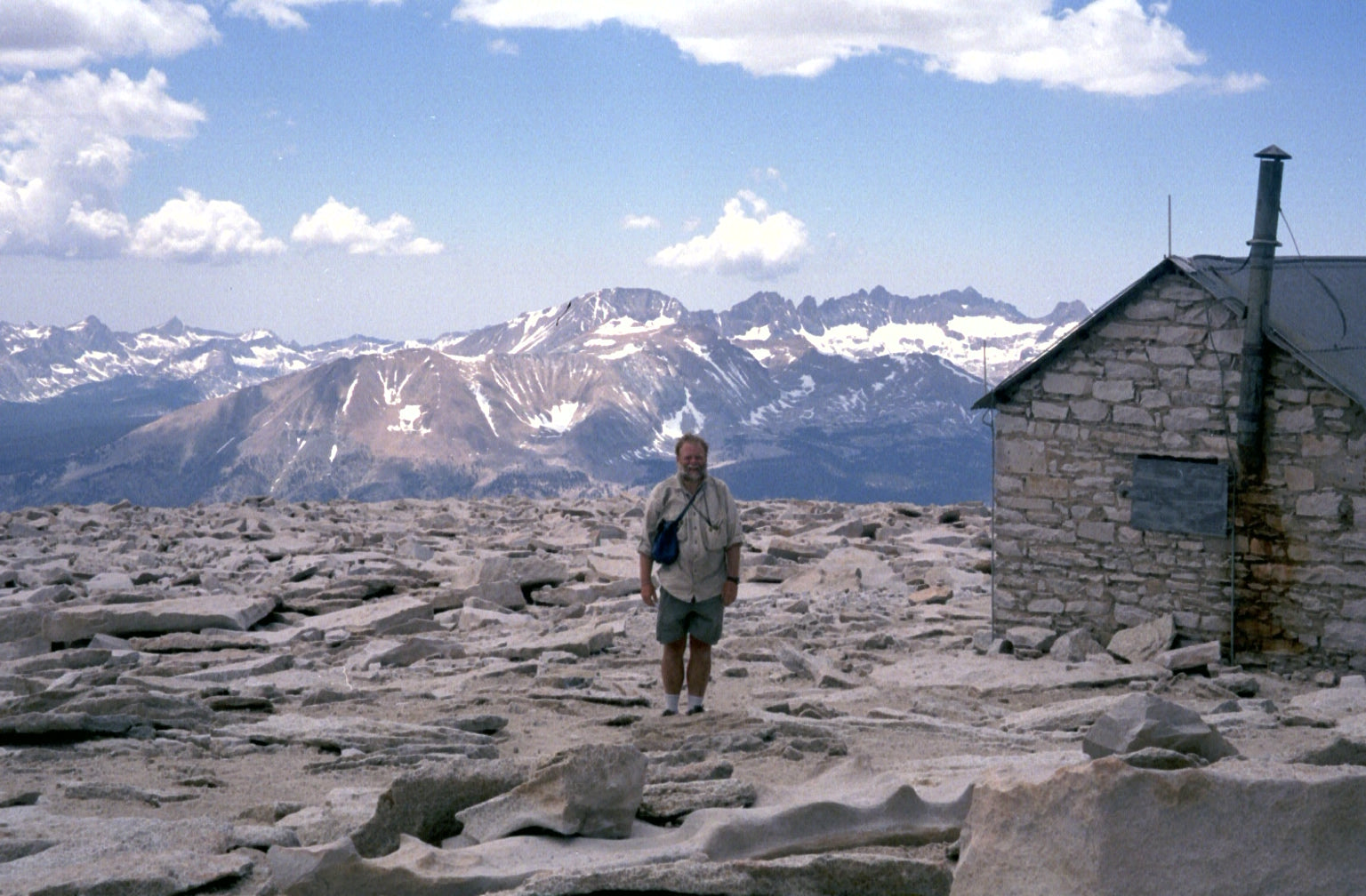

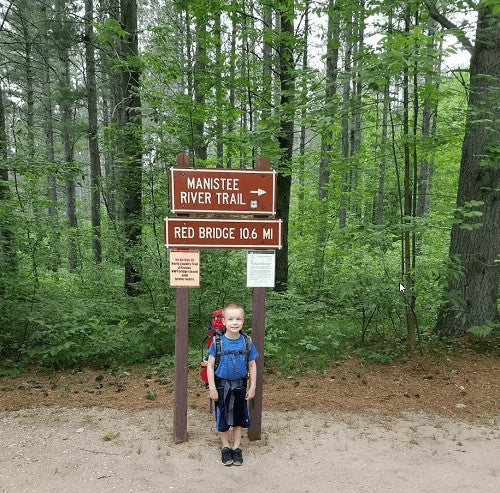
Leave a comment
This site is protected by hCaptcha and the hCaptcha Privacy Policy and Terms of Service apply.